Here is the abstract of the Policy Review that appears in the Emerging Infectious Diseases Journal Volume 26, Number 5 - May 2020:
The authors open with this:
"Experiences from previous influenza pandemics, in particular the 2009-10 pandemic, have demonstrated that we cannot expect to contain geographically the next influenza pandemic in the location it emerges, nor can we expect to prevent international spread of infection for more than a short period. Vaccines are not expected to be available during the early stage of the next pandemic, and stockpiles of antiviral drugs will be limited, mostly reserved for treating more severe illnesses and for patients at higher risk for influenza complications. Therefore, nonpharmaceutical interventions (NPIs), such as social distancing, will be heavily relied on by health authorities to slow influenza transmission in the community..."
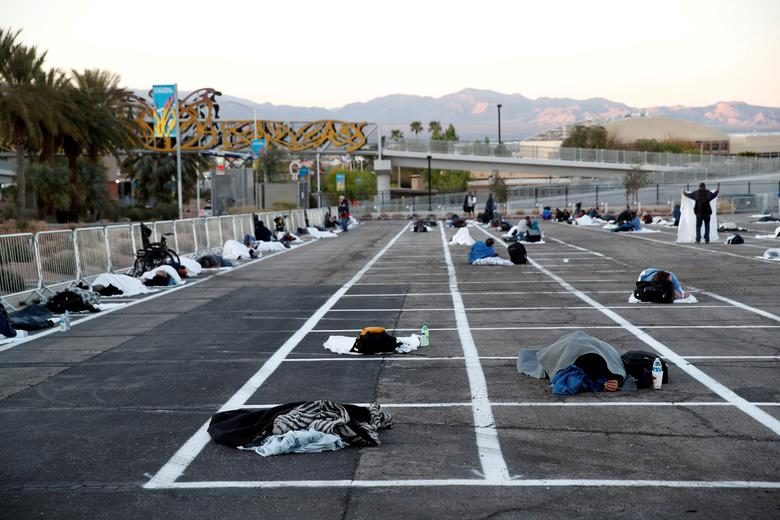
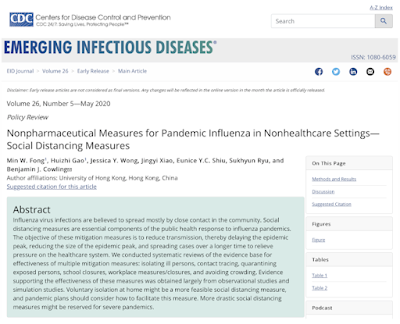
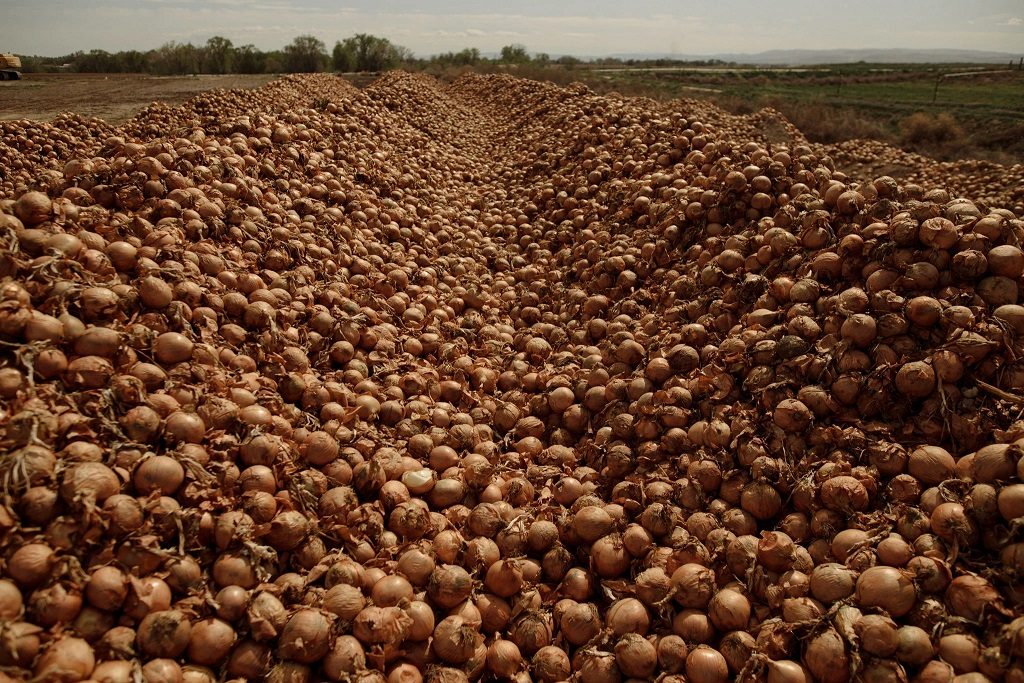
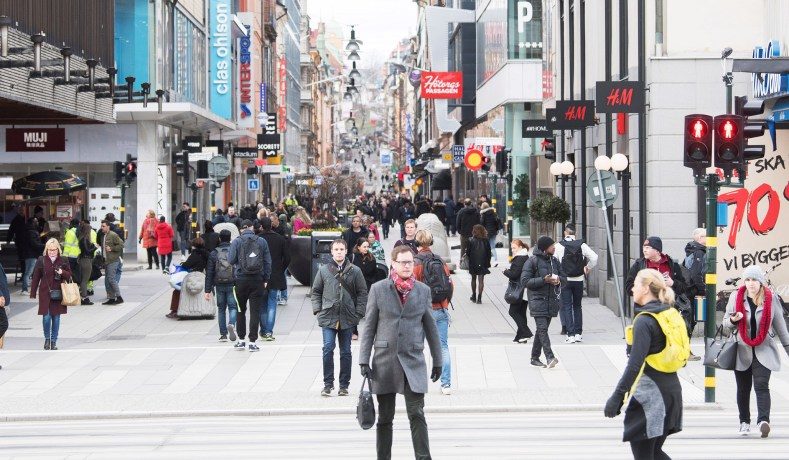

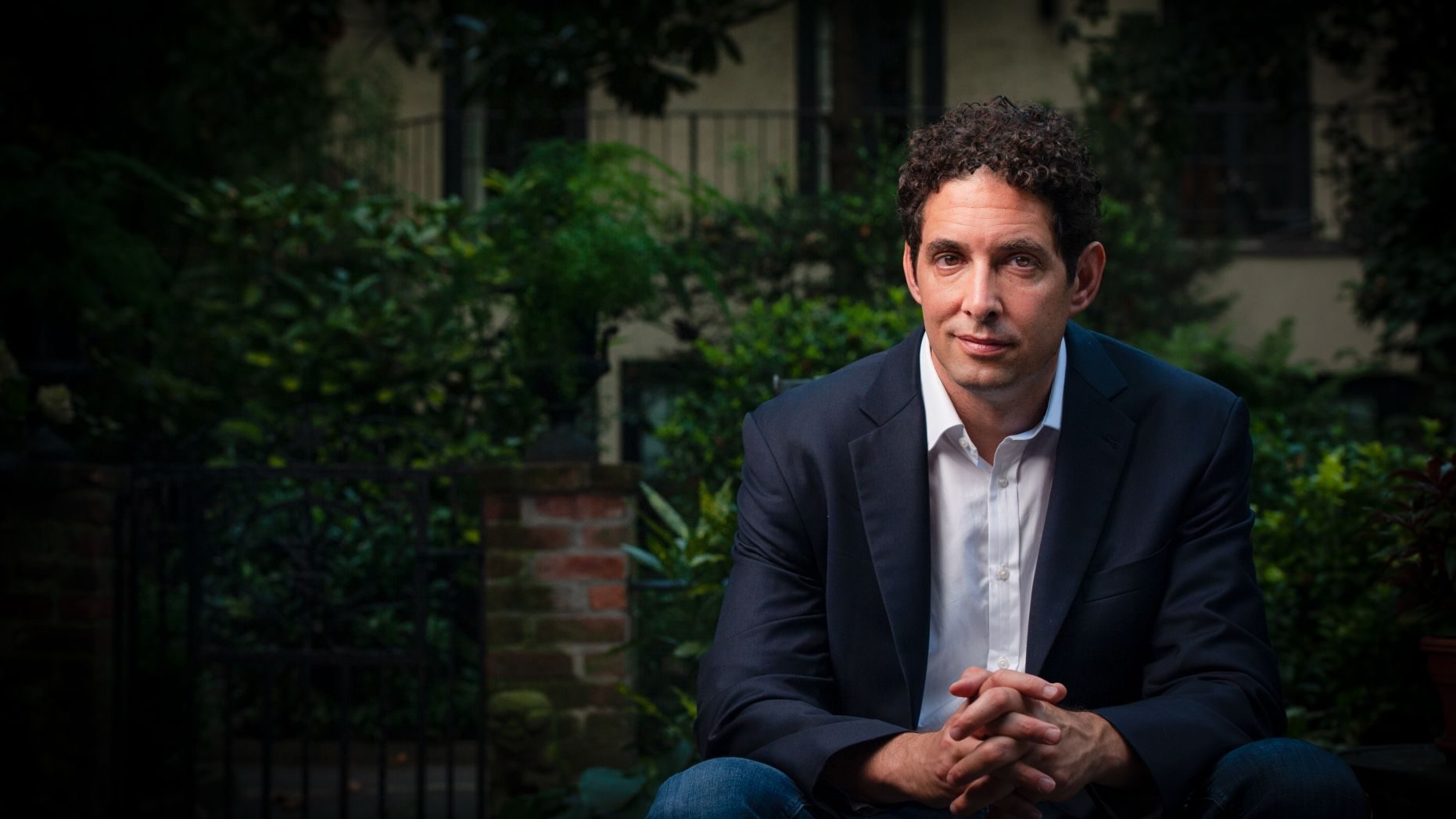



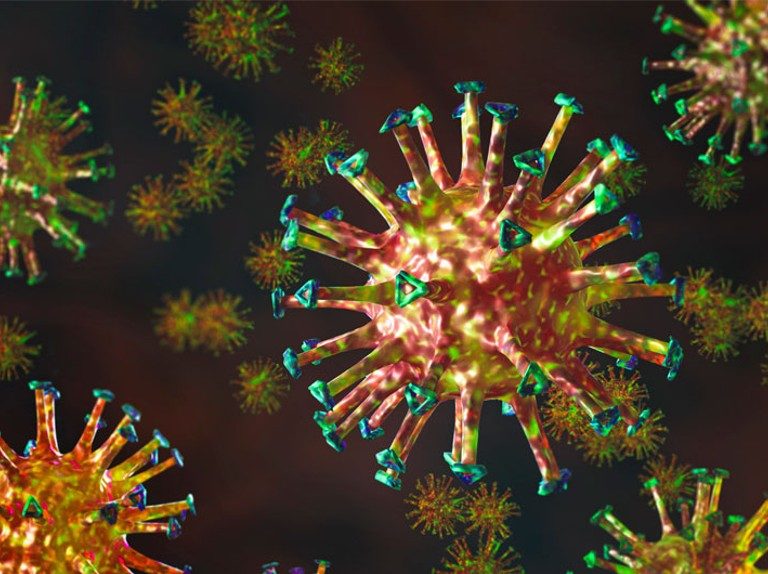
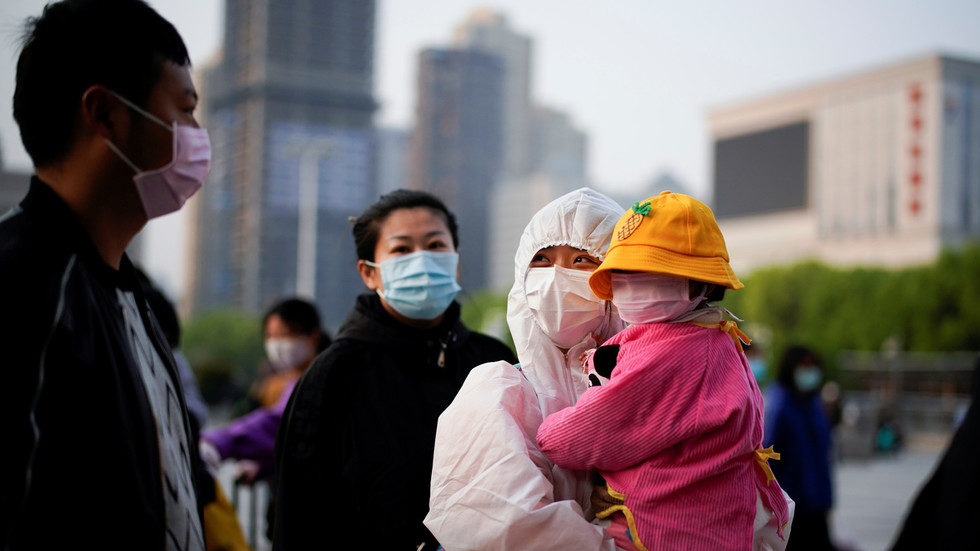
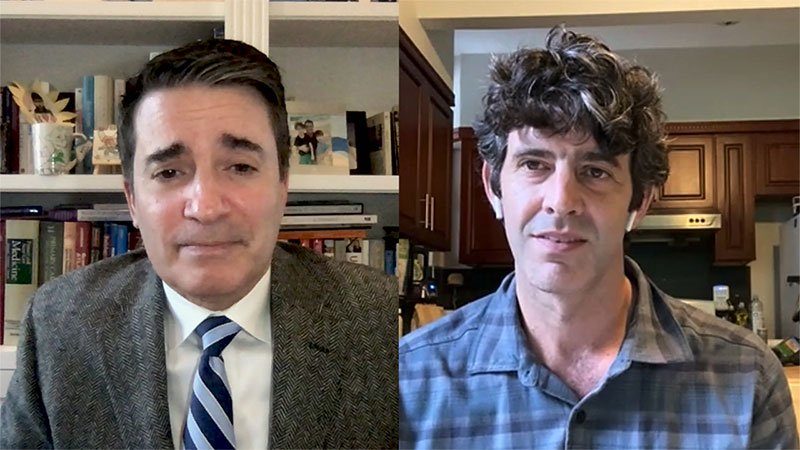



Comment: See also: